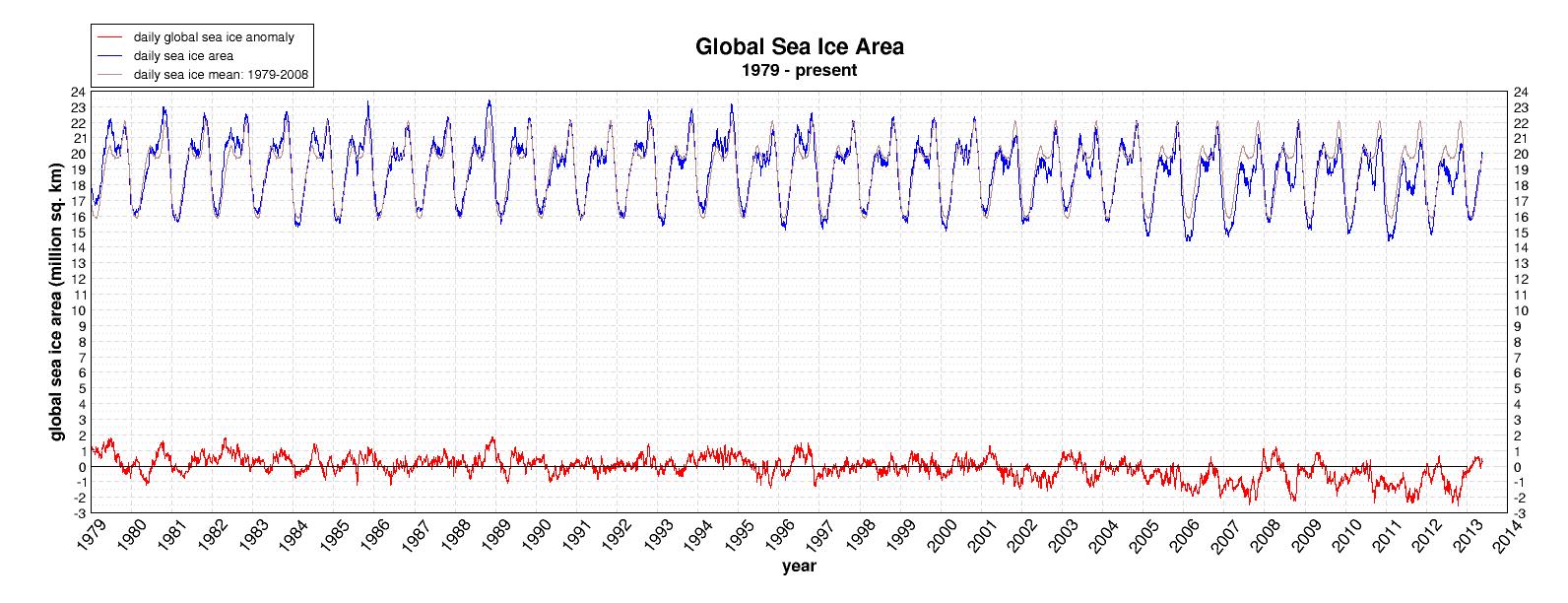SwimExpert
Gold Member
- Nov 26, 2013
- 16,247
- 1,679
- 280
- Banned
- #21
Perhaps you should get a globe out and familiarize yourrselff with the diifferent tilts according to seasons. Also the angle of incidence for sunlight at the NP, roughly 85. And the SP, roughly 75. More light is reflected at the SP. There is also more sea ice. If you are still confused come back with a specific question. But try to figure out the logistics for yourself first. It is really the only way to learn..
Uh, what the hell are you talking about? The North and South poles have the same angular incidence.





